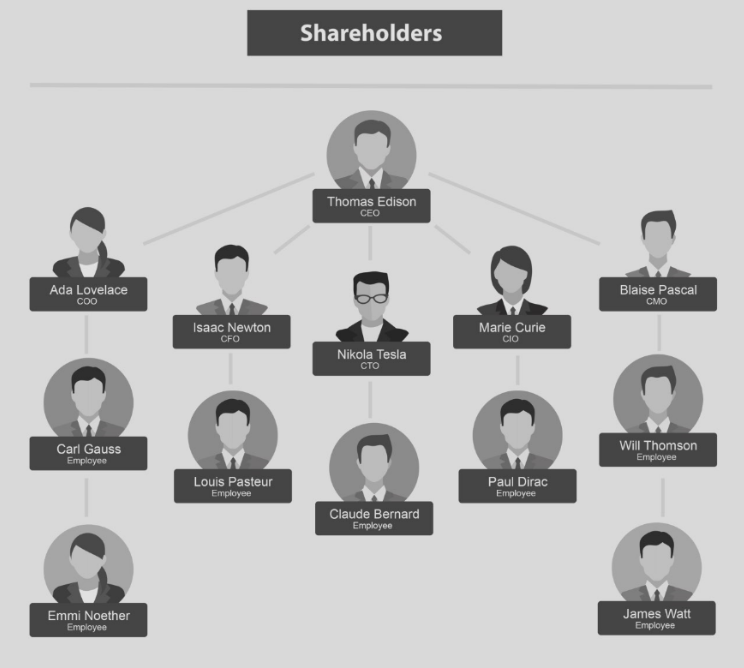Your business is not your product. Your business is the business itself. You do not, should not or will not work in your business.
You own the business.
You are the shareholders.
You may be the single shareholder, owning all the shares.
Even if you are not an officially-registered company, you are the shareholders and you must think like the shareholders that own the company.
It may appear, as a sole trader, and unregistered in any way, this doesn’t apply to you because your company doesn’t exist.
The fact is, a company is only a legal construct, and exists only in the minds of people, in the paperwork filed at Companies House and the laws (more artificial constructs and bits of paper) that govern and bring it all together.
It is just an imaginary way of thinking. All you need to do to be a company is to say, “I am a company.”
Laws and rules change from jurisdiction to territory but essentially a company is a separate and complete legal entity – separate and existing on its own in the world. It is separate from its members, but exists to carry out the will of the members. The members are the shareholders.
If I sold my shares in Apple, the entity Apple will not change, but I will no longer be a member of the company.
So, when organising your company, the first thing to do is start to think like the owner or owners of the business, and I don’t mean the self-employed does-everything owner.
Think big, like a big company, with lots of shareholders.
The steps are essentially the same for organisations of any size and for single teacher-owner-operators.
In the organisation chart (organogram or org chart), the shareholders go right at the top. There is a clear line between them and the company they own.
The shareholders decide the mission and appoint the CEO.
The CEO’s job is to implement the shareholders’ resolutions and run the company for their benefit.
The CEO will appoint the senior management.
Depending on the type of business you are in you may appoint one, or all of the following, and others as appropriate:
COO, CFO, CTO, CDO, DoS (the names will change depending on common terms on your territory and industry). See Glossary.
Each of those has others in their chain of command.
It’s important to note you can do anything you like. Here we’re discussing a traditional, hierarchical structure. There are lots of other ways of structuring companies. Some prefer a flat structure, some prefer cells, some prefer what they refer to as holons in a holacracy. You have to decide what is right for you.
You can read more about those here:
https://www.holacracy.org/
https://smallbusiness.chron.com/flat-vs-hierarchical-organizational-structure-724.html
https://en.wikipedia.org/wiki/Cellular_organizational_structure
And you have a go at your own organisation chart here:
https://www.orgcharting.com/free-org-chart-software/
Once all of these roles have been established, you need to write the tasks in manuals, job descriptions and appoint someone, or yourself, to the role.
We’ll dig deeper next week.
We now offer a consultancy service with a no-obligation first contact.
If you would like help systemising your business or anything else, please get in touch.

